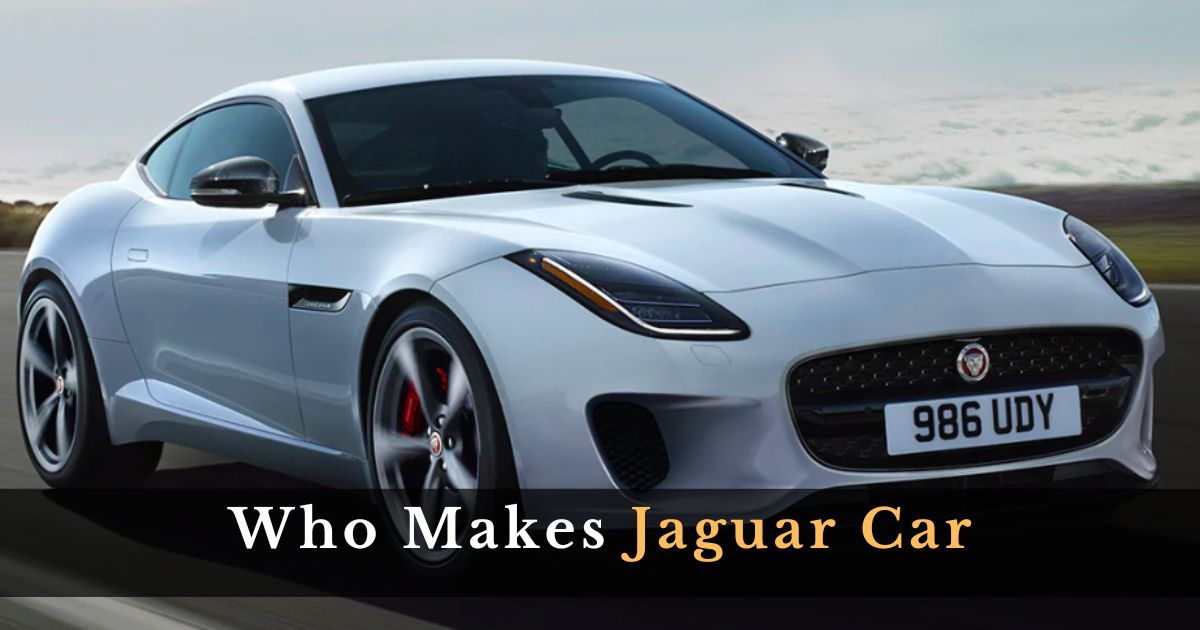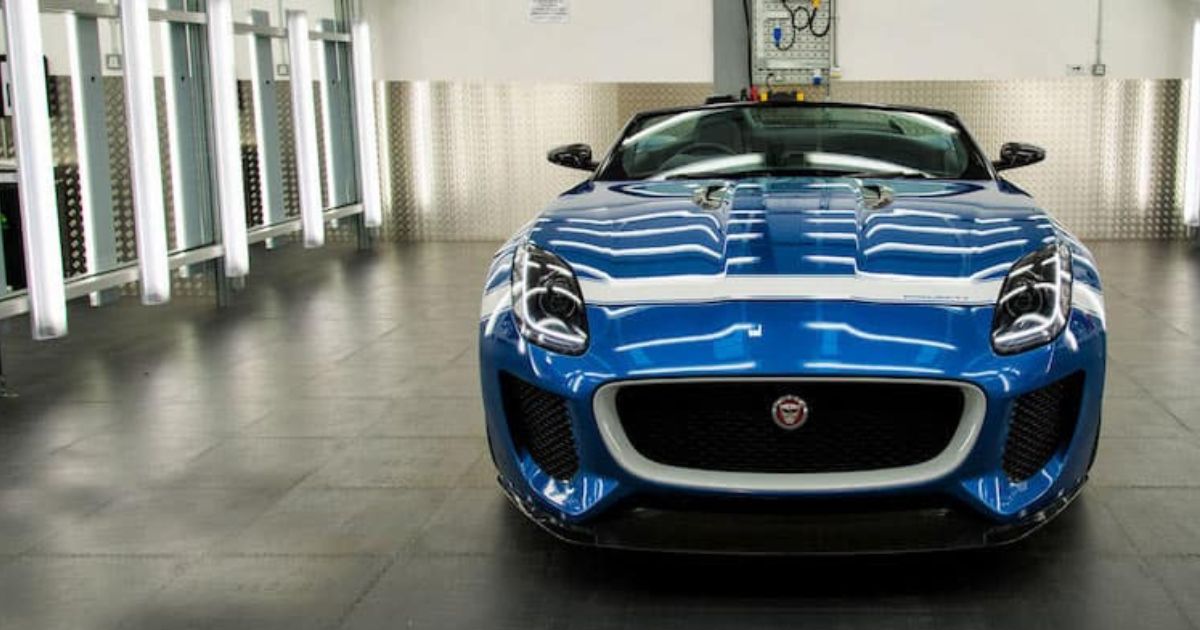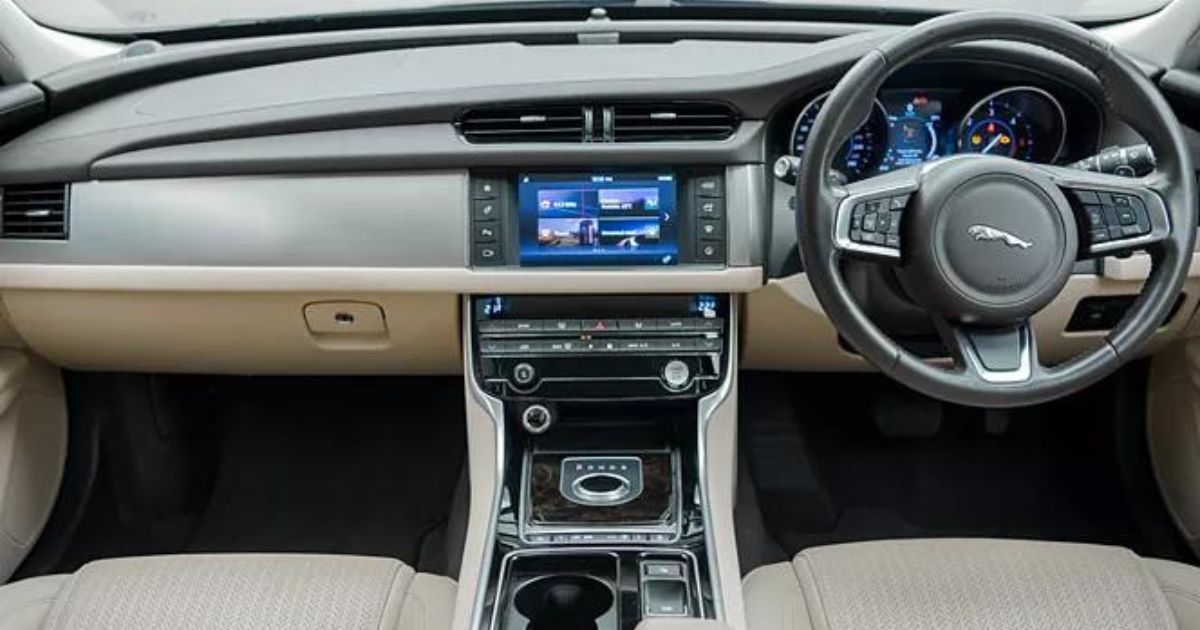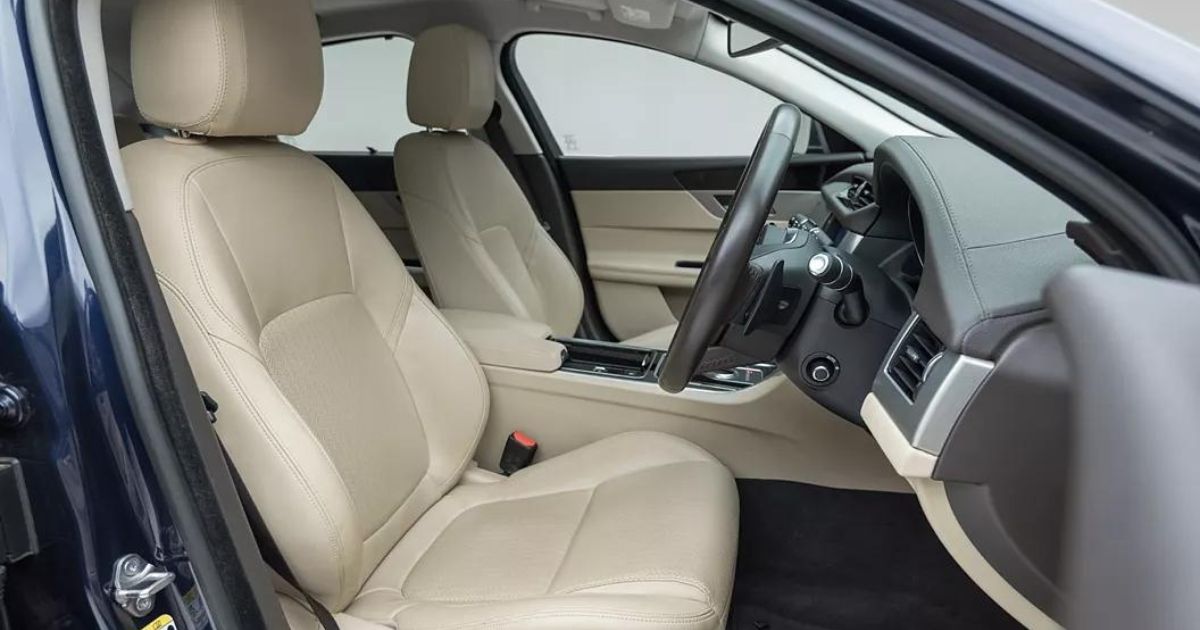Who makes jaguar car, Jaguar is a name that resonates with luxury, style, and performance in the automotive world. Known for their sleek designs and powerful engines, Jaguar cars have been a symbol of prestige and sophistication. But who is behind these magnificent vehicles? Let’s dive into the history and current state of Jaguar cars.
Who Makes Jaguar Car
Introduction
Jaguar cars are known for their luxury, performance, and distinctive design. But have you ever wondered who actually makes these sleek vehicles? Knowing the manufacturer behind such an iconic brand is essential, especially if you’re a car enthusiast or considering purchasing a Jaguar. Let’s dive into the history and current production details of Jaguar cars.
History of Jaguar
Founding and Early Years
Jaguar was founded in 1922 by William Lyons and William Walmsley as the Swallow Sidecar Company. Initially, they produced motorcycle sidecars before moving on to passenger cars. The company name changed to Jaguar Cars in 1945, which marked the beginning of its journey in the automotive world.
Evolution Over the Decades
Over the decades, Jaguar has evolved significantly, introducing numerous models that became classics. From the sleek XK120 in the 1940s to the E-Type in the 1960s, Jaguar has always been at the forefront of automotive design and performance.
Who Makes Jaguar Cars?
| Fact | Description |
| Manufacturer |
Jaguar Land Rover (since 2013)
|
| Ownership |
Tata Motors (Indian multinational automotive manufacturer)
|
| Country of Manufacture |
Primarily United Kingdom
|
Jaguar’s Original Founders
William Lyons and William Walmsley
William Lyons and William Walmsley were the visionaries behind Jaguar. Their partnership and dedication to quality and innovation set the foundation for what would become one of the most renowned car brands in the world.
Early Manufacturing Efforts
In the early years, the Swallow Sidecar Company focused on producing stylish and affordable cars. Their attention to detail and commitment to excellence quickly gained them a reputation in the automotive industry.
Jaguar’s Growth and Expansion
Notable Models and Innovations
Jaguar’s growth was marked by the introduction of several iconic models. The XK120, known for its speed and beauty, was followed by the legendary E-Type, which Enzo Ferrari called “the most beautiful car ever made.”
Impact on the Automotive Industry
Jaguar’s innovations in design and engineering have left a lasting impact on the automotive industry. Their commitment to performance and luxury set new standards and influenced car manufacturers worldwide.
Jaguar’s Acquisition Journey
British Leyland Era
In 1968, Jaguar became part of British Leyland, a merger of several British car manufacturers. This period was challenging due to financial struggles and management issues.
Ford’s Ownership
In 1990, Ford acquired Jaguar, bringing much-needed investment and stability. Under Ford’s ownership, Jaguar expanded its model range and improved its production processes.
Jaguar Under Tata Motors
Acquisition by Tata Motors
In 2008, Tata Motors, an Indian multinational automotive manufacturing company, acquired Jaguar Land Rover. This acquisition marked a new chapter for Jaguar, providing the resources and support needed to innovate and grow.
Changes and Developments Post-Acquisition
Post-acquisition, Jaguar has introduced several new models, including electric and hybrid vehicles. Tata Motors’ investment has allowed Jaguar to embrace new technologies and expand its market presence.
Manufacturing Locations
Key Production Facilities
Jaguar cars are manufactured in several locations, including the UK and India. Key production facilities include the Castle Bromwich Assembly in Birmingham and the Solihull plant.
Global Reach
Jaguar’s global reach extends to various markets worldwide. Their cars are sold and serviced in numerous countries, reflecting their international appeal.
Jaguar’s Design and Engineering
Design Philosophy
Jaguar’s design philosophy centers around creating beautiful, fast cars. Their vehicles are known for their sleek lines, luxurious interiors, and distinctive styling.
Engineering Excellence
Engineering excellence is at the core of Jaguar’s operations. Their commitment to performance, safety, and reliability ensures that every Jaguar car delivers an exceptional driving experience.
Innovations and Technologies
Technological Advancements
Jaguar has been at the forefront of automotive technology. From advanced driver-assistance systems to cutting-edge infotainment, Jaguar integrates the latest tech to enhance the driving experience.
Sustainability Initiatives
In recent years, Jaguar has focused on sustainability. They have introduced electric and hybrid models and are committed to reducing their environmental impact through various initiatives.
Jaguar’s Current Lineup
Popular Models
Jaguar’s current lineup includes a range of luxury sedans, sports cars, and SUVs. Popular models include the XE, XF, F-PACE, and the all-electric I-PACE.
Electric and Hybrid Vehicles
Jaguar has embraced the shift towards electric and hybrid vehicles. The I-PACE, their first all-electric SUV, has received critical acclaim and numerous awards.
Jaguar’s Market Position
Competitive Landscape
Jaguar competes in the luxury car segment, facing rivals like BMW, Mercedes-Benz, and Audi. Despite the competition, Jaguar maintains a strong position due to its unique blend of performance, luxury, and heritage.
Brand Strength
Jaguar’s brand strength lies in its rich history, iconic design, and commitment to innovation. These factors have helped Jaguar build a loyal customer base and a strong market presence.
Challenges and Opportunities
Industry Challenges
The automotive industry faces several challenges, including stringent environmental regulations, evolving consumer preferences, and economic uncertainties. Jaguar must navigate these challenges while maintaining its brand identity and market position.
Future Opportunities
Despite the challenges, there are numerous opportunities for Jaguar. The growing demand for electric vehicles and advancements in autonomous driving technology present exciting prospects for the brand.
Customer Perception and Reviews
Consumer Feedback
Customer feedback on Jaguar cars is generally positive, highlighting their performance, luxury, and design. However, some consumers have raised concerns about reliability and maintenance costs.
Brand Loyalty
Jaguar enjoys a high level of brand loyalty, with many customers returning to purchase new models. This loyalty is a testament to the brand’s quality and the satisfaction of its customers.
The Future of Jaguar
Upcoming Models and Plans
Jaguar has several exciting models and plans for the future. They continue to innovate and introduce new technologies, ensuring they remain at the cutting edge of the automotive industry.
Vision for the Future
Jaguar’s vision for the future includes a focus on sustainability, technological innovation, and expanding their electric and hybrid vehicle offerings. Their goal is to create a better, greener future for the automotive industry.
Jaguar’s journey from a small sidecar company to a global luxury car brand is a fascinating story. Their commitment to design, engineering, and innovation has made them a standout in the automotive industry. With a bright future ahead, Jaguar continues to captivate car enthusiasts worldwide.
FAQs
Who currently owns Jaguar?
Jaguar is currently owned by Tata Motors, an Indian multinational automotive manufacturing company.
Where are Jaguar cars manufactured?
Jaguar cars are primarily manufactured in the UK, with key production facilities in Birmingham and Solihull.
What is the most popular Jaguar model?
One of the most popular Jaguar models is the F-PACE, a luxury SUV known for its performance and style.
How has Jaguar evolved over the years?
Jaguar has evolved significantly, from producing motorcycle sidecars to becoming a leading luxury car brand known for its design and performance.
What are Jaguar’s plans for the future?
Jaguar plans to focus on sustainability and innovation, expanding their electric and hybrid vehicle lineup and continuing to introduce cutting-edge technologies.








